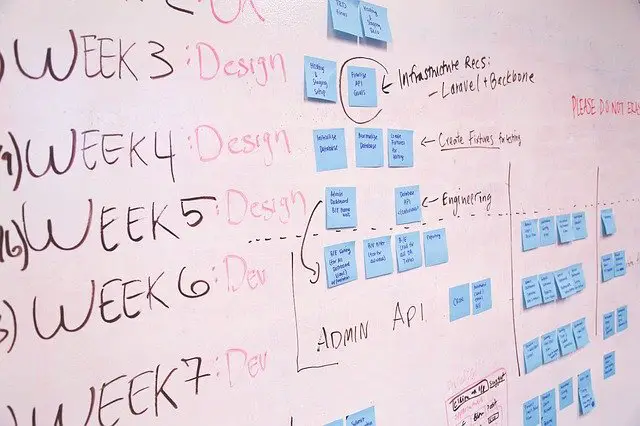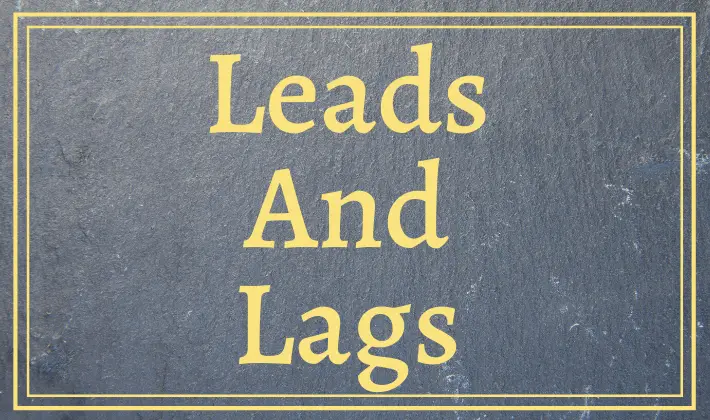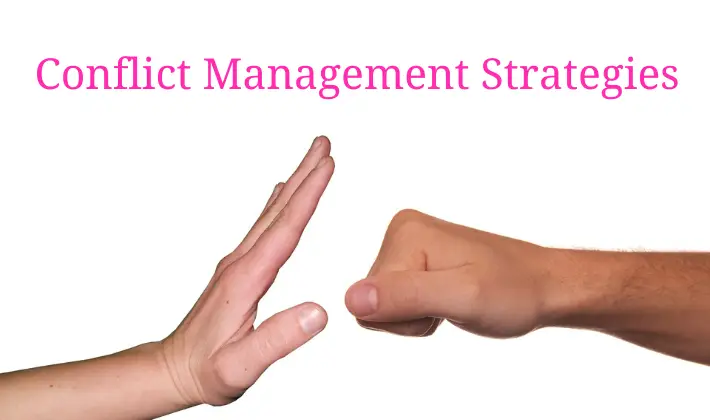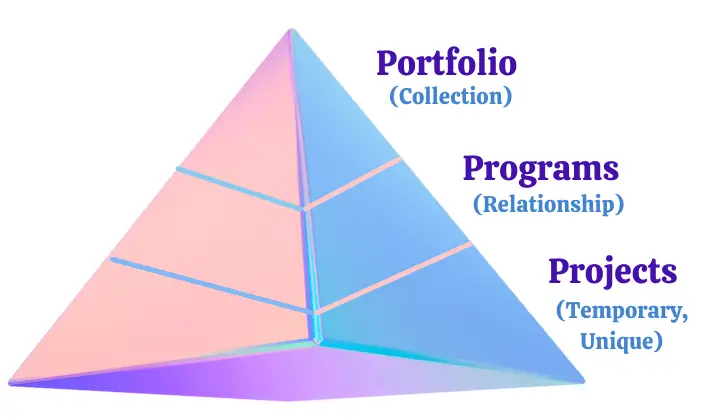In this post, I have solved a small question on Precedence Diagramming Method (PDM) that is used to draw project management network diagrams. There are a number of PDM Questions in the PMP Exam. I have taken a small network diagram example to showcase how PDM PMP questions can be solved using sequence of 4 steps.
PDM concept is easy to understand and most PMP aspirants understand it very well. But mathematical questions around it are somewhat confusing. The questions are worded in difficult and convoluted manner. If you decipher the wordings of such questions, you can confidently answer them. By the end of this post you will find PDM PMP questions extremely easy.
What Is Precedence Diagramming Method (PDM) In Project Management?
If you understand PDM, you can skip this section. Otherwise you should read the following articles before venturing ahead.
Precedence Diagramming Method is the most popular technique to depict sequential relationship between activities in a project network diagram. PDM supports 4 types of logical Relationships. These are
PDM also supports two Modifiers – Leads and Lags. These Modifiers change the nature of the logical relationships.
You can refer to Project Management Lexicon to read standard definition of Precedence Diagramming Method.
Precedence Diagramming Method Example
Let us understand how to solve PDM PMP Questions. We will look at an example of such a question and discuss the logical steps involved in solving the questions.
I received the following question in mail from one of my students. I do not know the source of the question. She found the question confusing. The question is worded to confuse the readers. The question is about determining the relationship between 2 activities. Let us look at the question.
After one year of construction, an office building is scheduled to be completed on 30th January. The landscaping work needs to start 15 days prior to completion of the building. Which of the following relationships most likely represents the relationship of the start of landscaping work to the completion of the office building?
- Finish-to-start with a 15 day lead
- Start-to-finish with a 15 day lead
- Finish-to-start with a 15 day lag
- Start-to-finish with a 15 day lag
4 Logical Steps to Solve PDM PMP Questions
The above question is an excellent question. You may find 2-3 PDM PMP questions in the exam. These type of questions can be easily solved by following the 4 logical steps:
- Determine the Activities in the question
- Determine the Dependency between the Activities i.e. which activity is dependent on which other activity
- Determine which activity(ies) are Finishing and which are Starting
- Determine the Modifier between the Activities
Let us read the question again.
After one year of construction, an office building is scheduled to be completed on 30th January. The landscaping work needs to start 15 days prior to completion of the building. Which of the following relationships most likely represents the relationship of the start of landscaping work to the completion of the office building?
You need to identify the relevant phrases of a PMP question to answer it correctly. I have highlighted the relevant phrases in brown color. Let us now follow 4 logical steps to solve our question.
Step 1 – Determine Activities
In this question there are 2 Activities. These are
X – landscaping work
Y – the (office) building
Step 2 – Determine Dependency
Is “X dependent on Y” or is “Y dependent on X”?
Let us read the question again. It says that “landscaping work needs to … of the building”. Clearly X is dependent on Y. You should not get confused by the words like ‘Start’ or ‘Completion’ while determining the dependency. Dependency is always between 2 activities while Start and Finish are 2 events of one activity. In PDM parlance we can say that X is the Successor and Y is the Predecessor.
X is dependent on Y.
Step 3 – Determine Start and/or Finish
Which Activity is finishing and which Activity is starting?
It is apparent from the question that X has to start while Y has to finish. So, the relationship between X & Y is Finish to Start (FS). In PDM notation the predecessor’s event comes first and it is followed by the successor’s event.
Step 4 – Determine Activity Modifier
This may be an optional step. Many relationships do not have a Lead or Lag modifier.
The question mentions X Starts prior to Y’s Finish. Or we can say that successor is starting before the predecessor. Or Successor is Leading the Predecessor.
Hence, the answer to the given question would be FS with a lead of 15 days – Option A.
Refer to the following figure for diagrammatic representation of the two activities in the question.

Final Words
You should try to find Leading statements/phrases/words in the question as you read it. Only after that, you should proceed to the answer the question. You can also read my other article on general tips for answering PMP Questions. It provides general hints on solving PMP questions.
You should practice a lot of questions to succeed in the exam. There are no shortcuts to pass the exam. If you are looking for free PMP sample questions then you should look at Free PMP Sample Questions. If you are looking at some good sources for paid questions, then you can consider either PMP Exam Simulator by Cornelius Fichtner or PMP Practice Exams by Christopher Scordo. For complete details about my recommendation, you can look at my article that compares 6 popular PMP exam simulators.
Over To You
I hope you would be able to solve PDM PMP questions now. If you have any other similar questions, please leave them as a comment and I will answer them.
All the best.
Related Articles
Frequently Asked Questions On Critical Path
Forward & Backward Pass Using Project Network Diagram
When To 0 & 1 Method To Do Network Diagram Analysis?
Disclosure: This article contains affiliate links – it means that, if you buy from any of these links, then I will receive a small commission that would help me in maintaining this blog for free. However, for you, there is no extra cost. I recommend only those products that I believe will definitely help the certification aspirants.









Thank you for posting this example; however, to my opinion Start-to-Finish dependency is more likely to be applied here. Start landscaping with 15 day lead prior finish School. Please correct me if I’m wrong.Thank you.
Hi Julia, Look at the step 2. Before determining lead/lag, you should find predecessor & successor activity. BR.
I agree. This is Start to Finish with 15 days lead.
Julia, the Start-to-Finish dependency would be applied if the construction of the building cannot finish until the landscaping has started which is not the case. Correct me if I am wrong Praveen. Thank you for this concise explanation.
Yes Jonathan, That’s correct. As per your statement ‘Finish of building’ is dependent on ‘Start of landscaping’.
There is no overlap between the activities ( X, and y) therefore, you can say that the activity x has 15 days before the start. This will lead us to pick up Option C
And Word ” prior” in the question means ” Lag” delay
if X is dependent on Y. that means X is the second activity ” successor ” and Y is the first activity processer
therefore, the period between the activities 15 days without overlay because the relationship is FS WHICH means that activity X second activity ” successor ” can wait 15 days before the start. or activity Y has 15 days extra above his duration to finish.at this point activity X must start on time based on his duration
The bottom line is that the option C is the correct answer.
Hi Loai, Thanks for your comment. I think you should read the Q again and also read these articles –
1. https://www.pmbypm.com/project-network-diagram for understanding the ‘Start’ and Finish ‘Events’
2. https://www.pmbypm.com/lead-lag/ for understanding the lag.
Please note lead and lag is a modifier on the relationship and not the relationship itself. First relationship (dependency) has to be defined and then only you can go to lead and lag.
You say “And Word ” prior” in the question means ” Lag” delay”. Can you please give a reference which book states “prior” means “lag”?
BR
Praveen.